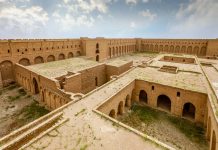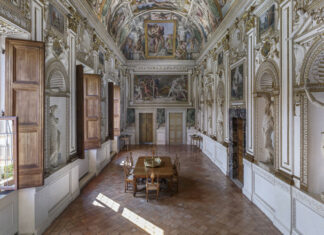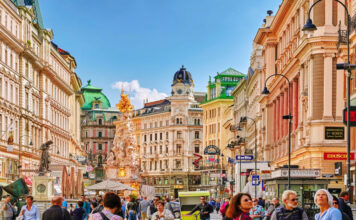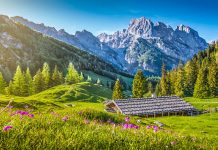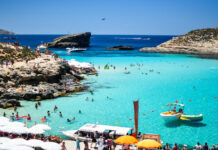The Sistine Chapel Ceiling (Michelangelo)
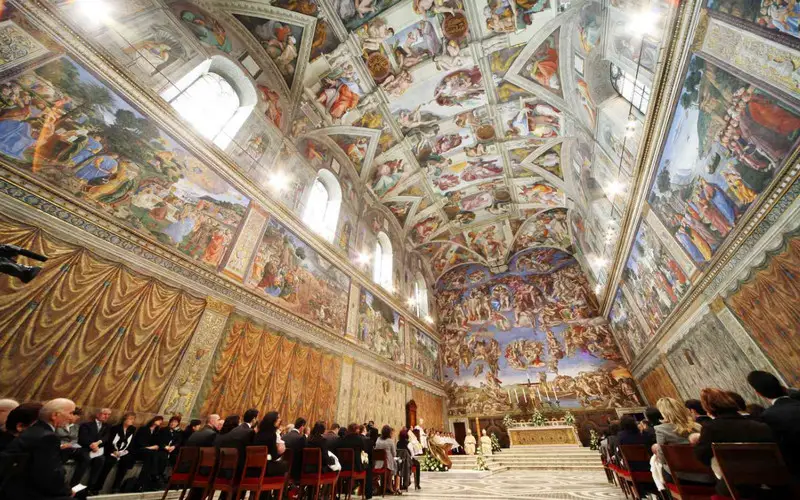
One cannot talk about the Vatican Museums without mentioning the awe-inspiring frescoes that adorn the Sistine Chapel’s ceiling. Michelangelo’s masterpiece, “The Creation of Adam,” with its iconic depiction of God reaching out to Adam, is a mesmerizing portrayal of divine creation. The intricate details, vibrant colors, and sheer scale of the entire ceiling make it an unmissable spectacle.
Laocoön and His Sons
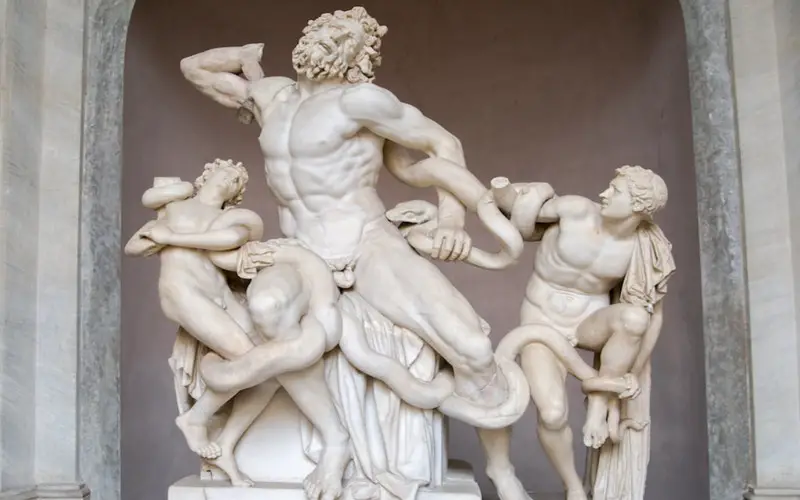
This ancient marble sculpture is a testament to Hellenistic artistry. Depicting the Trojan priest Laocoön and his sons entwined in the coils of sea serpents, this masterpiece captures intense emotion and physical agony. The sculpture’s exquisite craftsmanship and dramatic composition showcase the skill and artistry of the ancient sculptors.
The Raphael Rooms
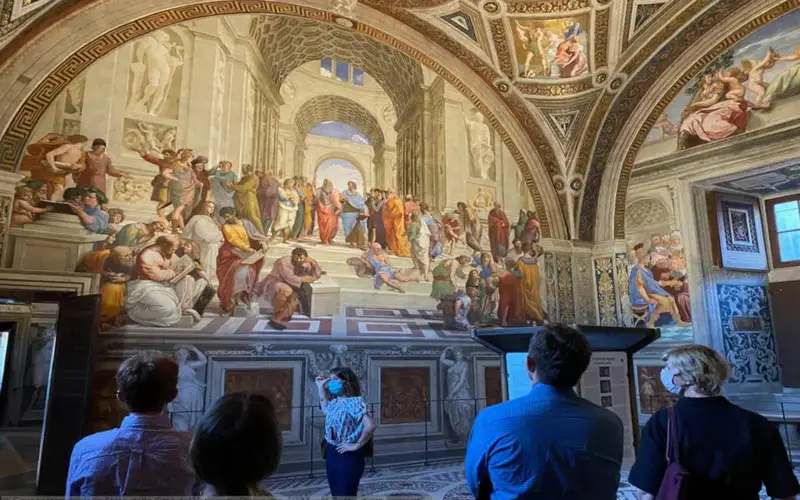
Within the Apostolic Palace, Raphael’s frescoes adorn a series of rooms, each offering a visual feast. The School of Athens, from the Stanza della Segnatura, is a standout piece. This masterpiece portrays a gathering of ancient philosophers, embodying the ideals of wisdom, knowledge, and humanism. Raphael’s skill in capturing individual personalities within a harmonious composition is truly remarkable.
The Belvedere Torso
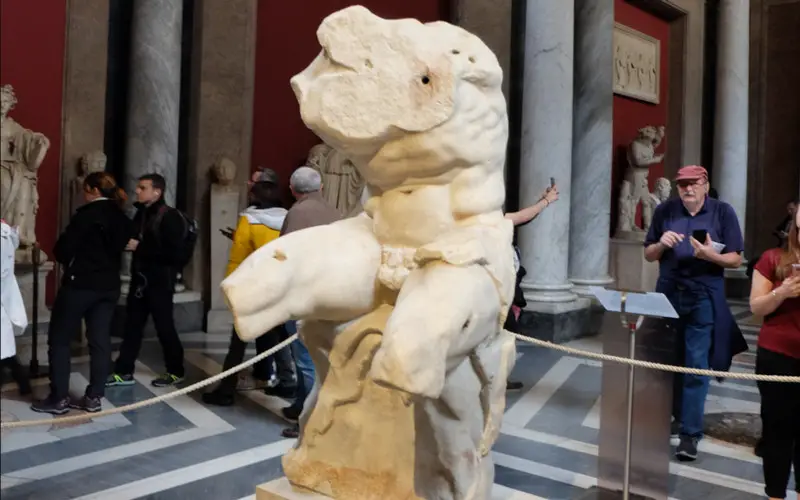
This fragmentary marble sculpture from the 1st century BC is a study in anatomical precision and emotive power. Despite missing limbs and head, the sculpture’s muscular torso and dynamic pose have fascinated artists for centuries, serving as an inspiration for Michelangelo and other Renaissance masters.
The Apollo Belvedere
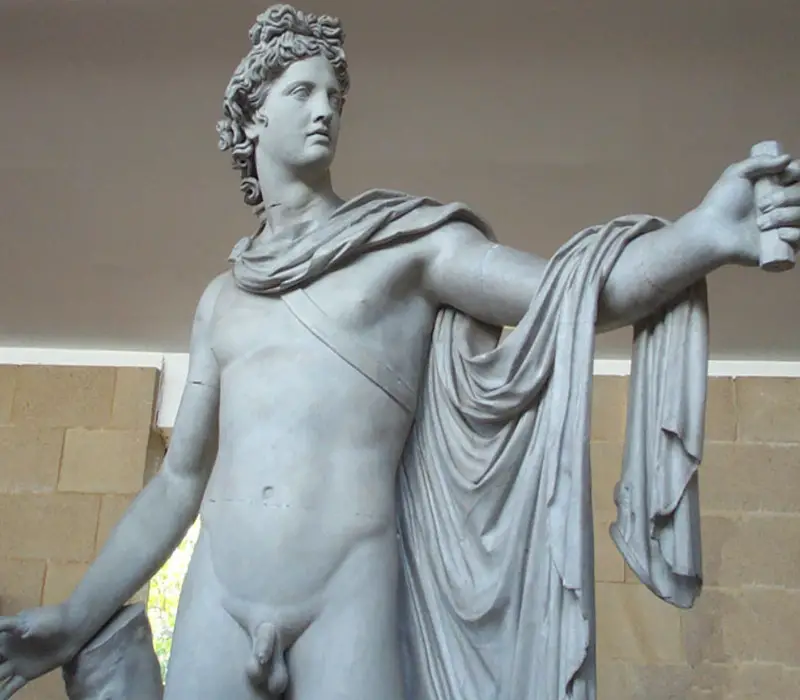
Another ancient sculpture that commands attention is the Apollo Belvedere. This marble depiction of the Greek god Apollo is celebrated for its grace, idealized beauty, and lifelike pose. Its serene expression and exquisite detailing make it a captivating piece within the Vatican Museums.
The Transfiguration (Raphael)

Housed in the Pinacoteca, Raphael’s final painting, The Transfiguration, stands as a testament to the artist’s mastery. This large-scale work portrays the Transfiguration of Jesus, capturing the divine and earthly realms in a single composition. The painting’s dynamic composition and use of light and shadow demonstrate Raphael’s unparalleled skill.
The Gallery of Maps
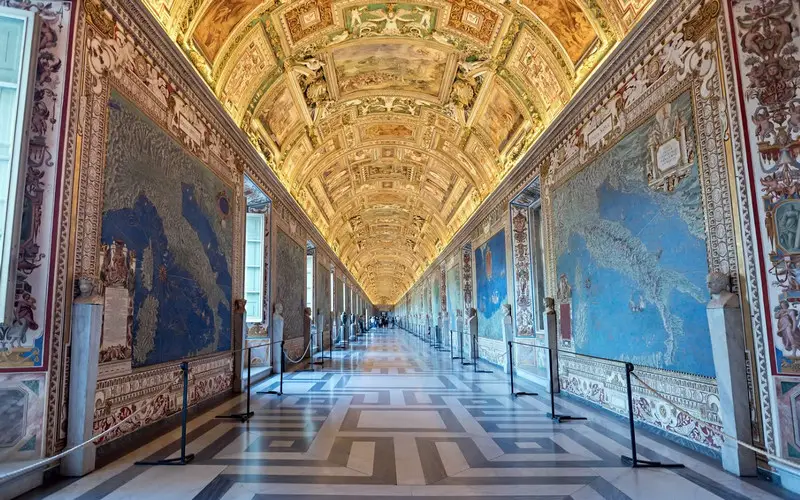
Embark on a visual journey through Italy with the stunning Gallery of Maps. This long corridor adorned with topographical maps of Italy showcases the country’s regions, cities, and landscapes in intricate detail. Created in the 16th century, these maps are not only historically significant but also artistically captivating.






